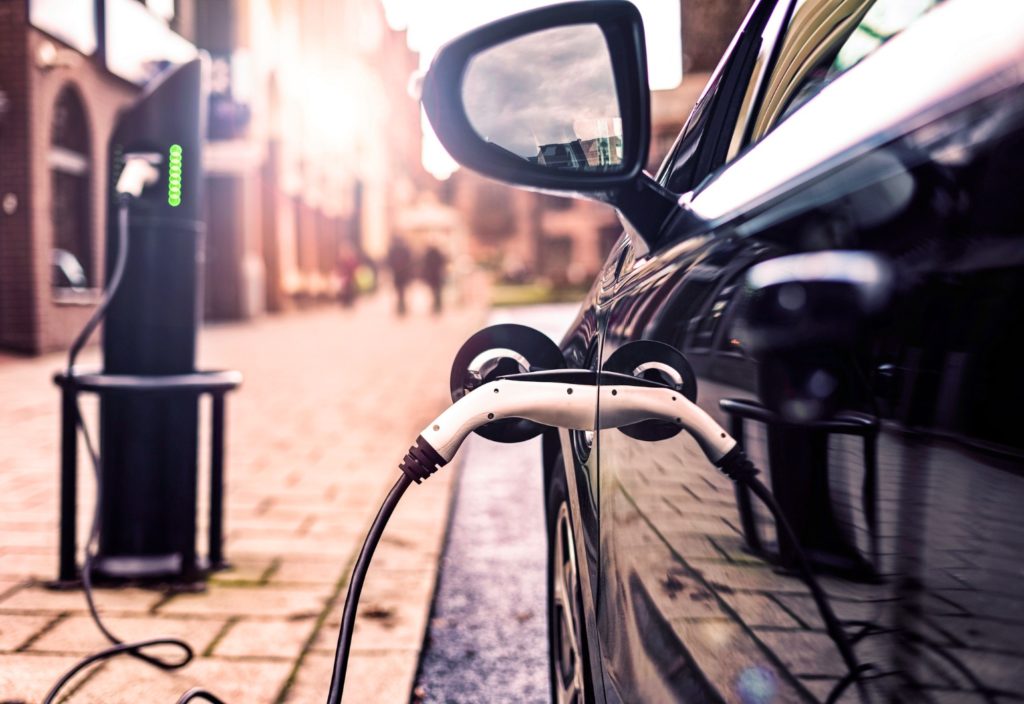The automotive industry is undergoing unprecedented change as the world shifts from the internal combustion engine to an electrified future. Australia is well placed to contribute and prosper from the electric car revolution, but it risks being left behind without appropriate government policy and political will.
In 2018, 2.1 million electric vehicles (EVs) were sold globally, yet only 2216 EVs were sold locally. This represents just 0.3 per cent of all new cars sold in Australia. At the opposite end of the spectrum is Norway, where 31 per cent of all new cars sold were fully electric; the expectation is for this to rise to about 50 per cent in 2019. Norway provides the largest EV subsidies in the world and plans to prohibit the sale of petrol and diesel vehicles by 2025. Despite becoming wealthy on oil, Norway clearly takes its climate-protection goals seriously.
In China, which is the world’s largest car market, nearly 30 million cars are sold annually. With small, affordable, mass-market electric cars being slow to materialise by leading global auto companies, China has driven its own EV revolution through local automotive companies and the backing of government. Generous tax incentives and subsidies are offered to car makers and consumers. The aim is for 25 per cent of all cars sold to be plug-in hybrid or battery powered by 2025.
Instrumental to market acceptance and growth of EVs in countries like Norway has been national government policy and ownership incentives.
Australia lags far behind in this area, as it has no national EV policy. The Federal Environment Minister stated earlier this year that a national EV strategy is not expected to be finalised by government until mid-2020.
State and territory governments have made their own commitments to varying degrees, but most are waiting for a national policy direction from the Federal Government.
Growing local industry
Despite the limited uptake of EVs in Australia, the growing EV market globally provides an opportunity for Australia to innovate and develop new technology and capabilities in the EV sector.
Global demand for lithium-ion batteries for EVs is expected to increase sharply over the next 10 years. Australia has the world’s third largest reserve of the key ingredient — lithium — and supplied more than half the world’s lithium market in 2017.
With Australia being rich in lithium and other essential mineral elements required for lithium-ion battery production, Australia is well placed to capitalise on the mining of raw materials for battery production.
In addition to exporting raw materials, Australia is starting to explore other opportunities in the supply chain, such as battery manufacturing. Earlier this year, the Federal Government provided a $25 million grant to the Future Battery Industries Cooperative Research Centre for research, support and development of a battery production and recycling industry.
There is already some traction in the field, with renewables start-up Energy Renaissance intending to build a 1 GWh lithium-ion manufacturing plant in Darwin. The Queensland Government is also conducting a feasibility study in Townsville for a 15 GWh battery factory.
Australia presently has limited capabilities to recycle end-of-life lithium-ion batteries, with the majority of batteries collected by recyclers in Australia shipped to overseas processing facilities. Although manufacturers of EVs are investing in recycling and repurposing measures, the influx of spent lithium-ion batteries in years to come will require sustainable and environmentally sound solutions.
Australia has an opportunity to develop a world-leading lithium-ion battery recycling and repurposing scheme. Melbourne-based developer of advanced battery control solutions Relectrify has already made some in-roads in this regard, and they are presently exploring the possibility of repurposing end-of-life EV batteries for power storage in homes using their patent applied for technology.
Australia’s greatest success story to date is Brisbane-based technology company Tritium, which specialises in the design and manufacture of EV chargers. Tritium has become a leading global supplier of DC fast chargers and has exported more than 3000 charges to more than 30 countries.
Tritium’s high-powered chargers employ a unique liquid cooling system to control heat and reduce wear on internal components. To further develop their technologies in the EV sector, Tritium earlier this year opened the world’s largest EV charging research and development centre in Brisbane.
The value of an idea
Relectrify, Tritium and Energy Renaissance, along with many other companies developing new technology in the EV sector, are actively seeking to protect their innovations with patent and designs in order to obtain a competitive advantage. By obtaining IP rights, these companies will be well placed to prevent competitors from copying their innovations.
In Australia, the process of obtaining a patent typically commences with the filing of a provisional patent application providing a detailed description of the invention. In most instances, the application will also include drawings to support the description and claim statements that define the boundaries of the monopoly sought.
The preparation of a patent application is an interactive process between the patent attorney and the inventor and requires from the latter substantive technical information regarding the invention. Once an application is filed the invention can be publicly disclosed without jeopardising the applicant’s ability to obtain patent rights.
Prior to filing, only confidential disclosures of the invention should be made. Before deciding to file a patent application, it is worth considering having a patent attorney conduct some patent searching in your technology field to locate patent literature which may impact upon the patentability of your invention.
Protect your creativity, ideas and innovation by speaking to a Watermark team member. Watermark has launched a hybrid chatbot and livechat as an avenue for you to connect with IP lawyers and Patent & Trade Mark Attorneys. Visit watermark.com.au to safeguard your IP today.
